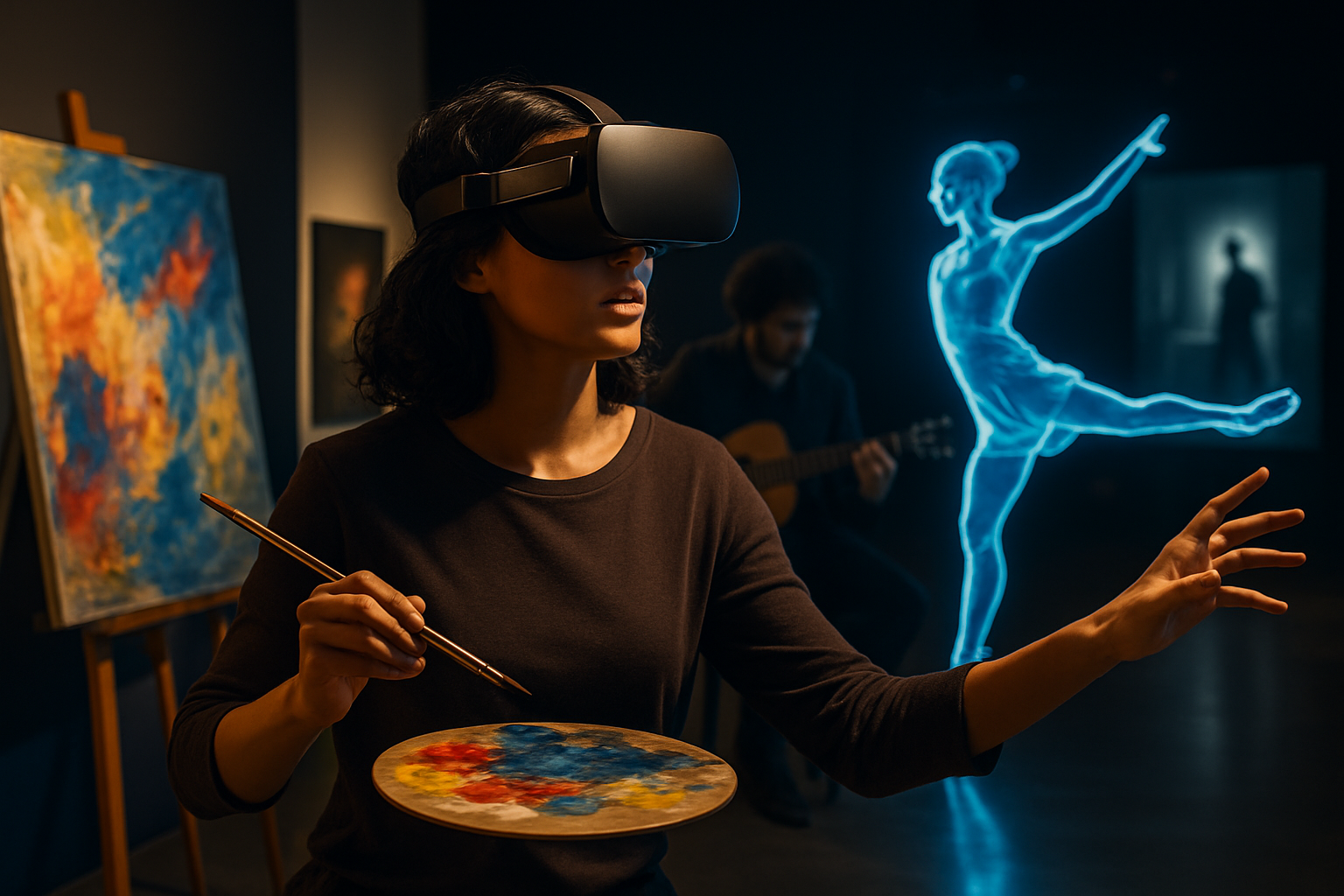Breaking Down the Future: Augmented Reality in Telecommunication
Augmented reality (AR) has emerged as a significant trend in the world of technology, with potential applications ranging from entertainment to education and beyond. Its role in the telecommunications industry, however, is less widely discussed. This article will delve into the evolution of augmented reality and its potential impact on the telecommunications sector.

Understanding Augmented Reality
Augmented reality technology is not a recent invention. In fact, its roots trace back to the 1960s when Ivan Sutherland, a pioneering computer scientist, developed the first head-mounted display system. Over the years, technological advancements have transformed AR into a versatile tool that seamlessly blends digital content with the user’s physical environment.
In the context of telecommunications, AR could revolutionize the way we communicate, transforming it from a primarily auditory or textual experience into a more immersive, visually interactive one.
The Role of AR in Telecommunications Today
Today’s telecommunications industry is more than just voice calls and text messages. Video conferencing, live streaming, and other visual communication methods have become integral parts of modern connectivity. AR has the potential to further enhance these experiences, adding a new layer of interaction and detail to our digital communications.
One of the key trends in AR and telecommunications is the integration of AR into video calling and conferencing platforms. This could include everything from virtual backgrounds to real-time data overlays, providing users with a more engaging and informative communication experience.
Challenges and Opportunities
While the potential of AR in telecommunications is vast, it’s not without its challenges. Technical hurdles, such as ensuring seamless integration, maintaining user privacy, and managing data usage, need to be addressed. However, overcoming these challenges can open up new opportunities for service providers, software developers, and hardware manufacturers alike.
The Practical Implications of AR in Telecommunications
The implications of AR in telecommunications extend beyond just enhanced video calls. From customer service to network operations, AR can provide practical solutions to longstanding challenges in the industry. For example, AR could revolutionize remote technical support, allowing service providers to guide customers through troubleshooting processes in real-time using AR overlays.
Looking Ahead: AR and the Future of Telecommunications
As AR technology continues to evolve and mature, the telecommunications industry stands to benefit from a host of new opportunities. While there will undoubtedly be challenges along the way, the potential rewards are vast. Whether it’s enhancing customer service, improving network operations, or simply making our everyday communications more engaging, AR represents a new frontier in telecommunications technology.
The impact of augmented reality on telecommunications is still unfolding. Yet, it’s clear that as AR continues to evolve, it has the potential to transform the way we communicate, offering an experience that’s more immersive and interactive than ever before. As we look towards the future, we can anticipate a world where our digital and physical realities are more intertwined than we could’ve ever imagined.





